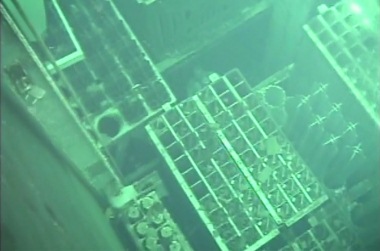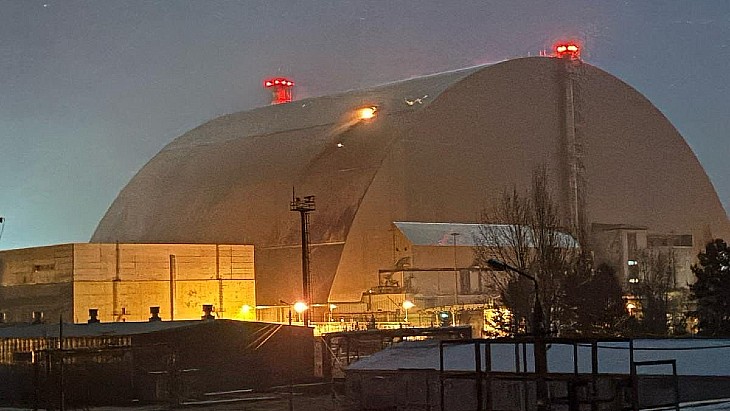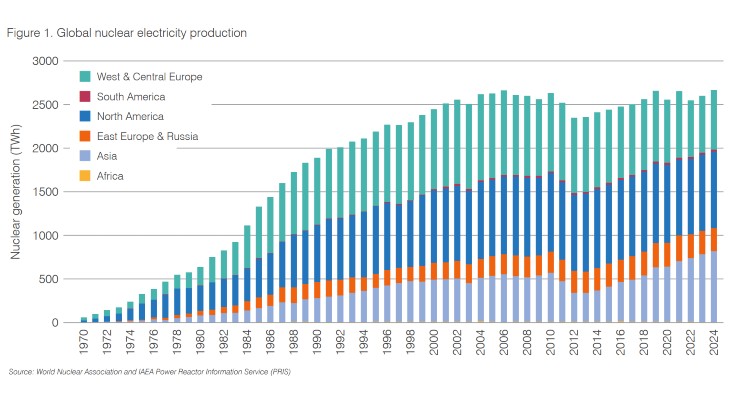 |
| Peering through metres of warm water, no serious damage was found |
A visual inspection by remote controlled camera has shown no significant damage to the used fuel pond of Fukushima Daiichi unit 4.
There had been fears of serious damage to nuclear fuel stored in the pond after a series of fires and explosions in the vicinity. Highly radioactive and heat-emitting used nuclear fuel is stored for a few years in the ponds before transfer to a larger storage pond shared by all six reactors at the site. The heat load from this fuel reduces with time, but unit 4 happened to be in a period of maintenance when the natural disasters of 11 March struck with its full core temporarily stored in the pond. This meant it required very much more cooling than the years-old fuel, contributing to problems as water heated up and evaporated with the loss of cooling and water top-up systems.
At least two fires as well as an explosion occurred in the area of the pond around 15 March, although at that time radiation levels prevented workers from making a direct check on the pond's status. Engineers became worried that the pool had dried out, the fuel had overheated and zirconium cladding had reacted with water to produce hydrogen, but this visual inspection initially discounts that scenario by showing no serious damage of the kinds that would be expected. Some debris was scattered in the pond as a result of the damage to the building but it is thought that fuel integrity has been maintained.
Tokyo Electric Power Company continues to regularly top up the water level in unit 4 as well the others on site. At unit 4 this is done with a concrete pumping truck dubbed an 'elephant' due to its long flexible delivery tube.
Researched and written
by World Nuclear News












